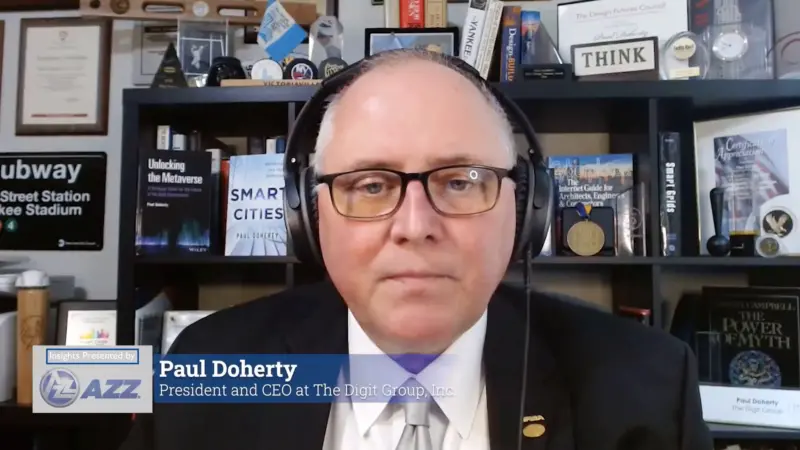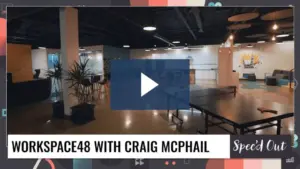Preserving Charleston Homes, One Wool Insulation at a Time
The New York Times recently wrote about an architecture critic’s quest to bring alive the story of South Carolina’s historic homes and real estate in the face of booming new development. They called it the Newish Charleston, which is a perfect term for the give and take of new construction versus historic preservation.
No one knows this delicate battle better than Ben Buckley-Green, president of Ben Buckley-Green Construction, and Olivia T.M. Brock, founder of Torrance Mitchell Designs. The two Charleston natives sat down with frequent podcast guest and founder of Havelock Wool, Andrew Legge, and host Tyler Kern to discuss how renewable materials are helping preserve the culture of South Carolina historic homes.
 “From the time I was a little girl, my favorite house on the block was always the one most beat-up and looked like it needed the most TLC,” Brock said. “I think I have a soft spot for saving things that I think have the opportunity to tell us a story about the past.”
“From the time I was a little girl, my favorite house on the block was always the one most beat-up and looked like it needed the most TLC,” Brock said. “I think I have a soft spot for saving things that I think have the opportunity to tell us a story about the past.”
Brock recently teamed up with Buckley-Green for a home preservation project — an early 20th century single house, a one room home unique to Charleston — using Havelock wool insulation materials.
“When I got to Charleston, my heart just was not into breaking new land and building these new homes,” said Buckley-Green, a second-generation custom home builder. “It was an easy fallback for me to revert to what I love doing best, which is renovation work.”
 The duo’s renovation work led them to Andrew Legge and Havelock wool insulation.
The duo’s renovation work led them to Andrew Legge and Havelock wool insulation.
“I’ve got a personal interest in taking old and making it continue to work,” Legge said. “Obviously there’s something correlated to taking a thousand-year-old fiber in wool and using it for what it was originally intended for, which is insulation.”
For the latest news, videos, and podcasts in the Architecture & Design Industry, be sure to subscribe to our industry publication.
Follow us on social media for the latest updates in B2B!
Twitter – @AECMKSL
Facebook – facebook.com/marketscale
LinkedIn – linkedin.com/company/marketscale









